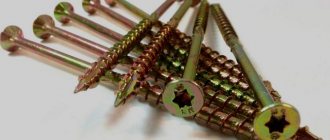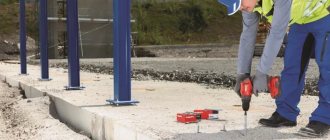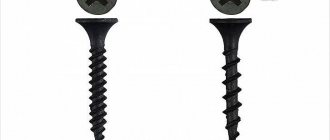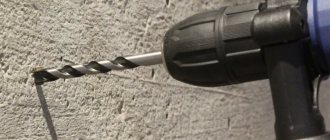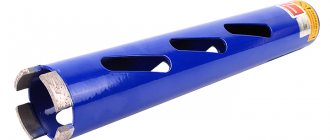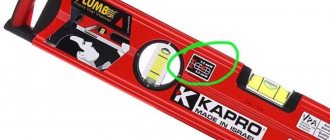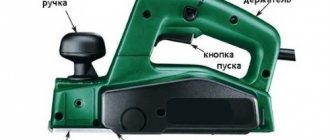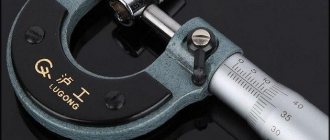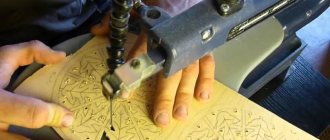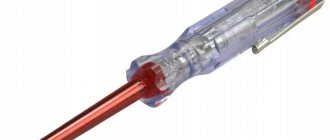Screw device
Concrete screws are made of high-strength steel, passivated with special compounds to protect against corrosion and mechanical damage when screwed in. Depending on the alloy used for passivation, self-tapping screws are available in yellow, grey, black and silver.
RECOMMENDED ON THE TOPIC
- Wood screws: dimensions, table
- Choosing the right paint for concrete
A screw consists of a head and a body - a metal rod with a thread. The lower part of the body of the self-tapping screw is narrowed in the form of a cone. There are notches applied to it that prevent the screws from unscrewing and falling out of the holes, and the concrete from cracking during installation.
The thread of the self-tapping screws also has notches that enhance its adhesion to concrete. The height of the thread along the body of the screw can vary. Hardware with uneven thread heights is widespread. They are suitable for working with cellular (porous) concrete (polystyrene concrete or wood concrete), brick (ceramic, silicate or Lego brick) and similar materials.
Self-tapping screws for concrete differ from conventional screws by having a more frequent thread pitch. It allows you to use dowels without drilling holes.
Installation
Calculation of hardware
To determine the number of screws needed:
- Know the scope of work to be performed and the dimensions of the part to be fixed.
- Know the distance between future fastenings.
In practice, the specified distance is used equal to 70-100 mm. So, for a painting measuring 60 mm by 90 mm, you will need 4 screws (they will need to be installed in 4 corners). If a cabinet measuring 130 mm by 150 mm is attached to the wall, then these are 8 screws. Of course, these are rough estimates.
Technology
Tools
If there is a dowel and a prepared hole, then the screw can bear quite a lot of weight. If, on the contrary, the load is small, then you can fix the object on the wall without a dowel. That is, there are two methods of fastening.
Fastening to concrete will require the following tools from the master:
- Screwdriver.
- Drill.
- Hammer.
- The concrete screws themselves.
First of all, markings are made. To do this, you need to decide where and in what quantity screw holes are needed. It all depends on the type of material being fixed and the nature of the work.
The process of using concrete screws is presented in this video:
Important Tips
When installing, be sure to use the following tips:
- It is necessary to retreat 5 or 6 cm from the edge of the material.
- A maximum distance of 60 cm is permissible only when installing PVC windows.
- If wooden or aluminum windows are fastened, the distance between the screws should be 70 cm.
- In all other cases, the distance between concrete hardware should not exceed 60 cm.
- The concrete surface must be drilled 4.5 cm deep, and the hardware must be 3 cm long.
- Lightweight concrete is drilled at a distance of 7.5 cm, and hardware is fastened together at a distance of 6 cm.
- It is advisable to drill a pumice surface to a depth of 6.5 cm and maintain a distance between hardware of 5 cm.
- The sand-lime brick surface is drilled to a depth of 5.5 cm, and the screw is driven to a depth of 4 cm.
- A solid brick is drilled to a depth of 5.5 cm. A distance of 4 cm is left between the hardware.
Anchor screws (anchors) for concrete
Varieties and sizes
Screws, self-tapping screws and anchors for concrete must comply with the interstate standard “Screws” - GOST 1147-80. They differ from each other in the following characteristics:
- material type;
- coating;
- head shape and slot type;
- thread design.
Self-tapping screws are made of carbon, corrosion-resistant steel or brass. By the color of the screw you can determine the technology that was used to apply the protective coating:
- yellow or silver color for galvanized hardware - they are galvanically coated with a layer of zinc, which protects them from corrosion;
- Oxidized screws that have been in contact with oxidizing agents are black;
- gray and dark gray color for screws that have been phosphated.
